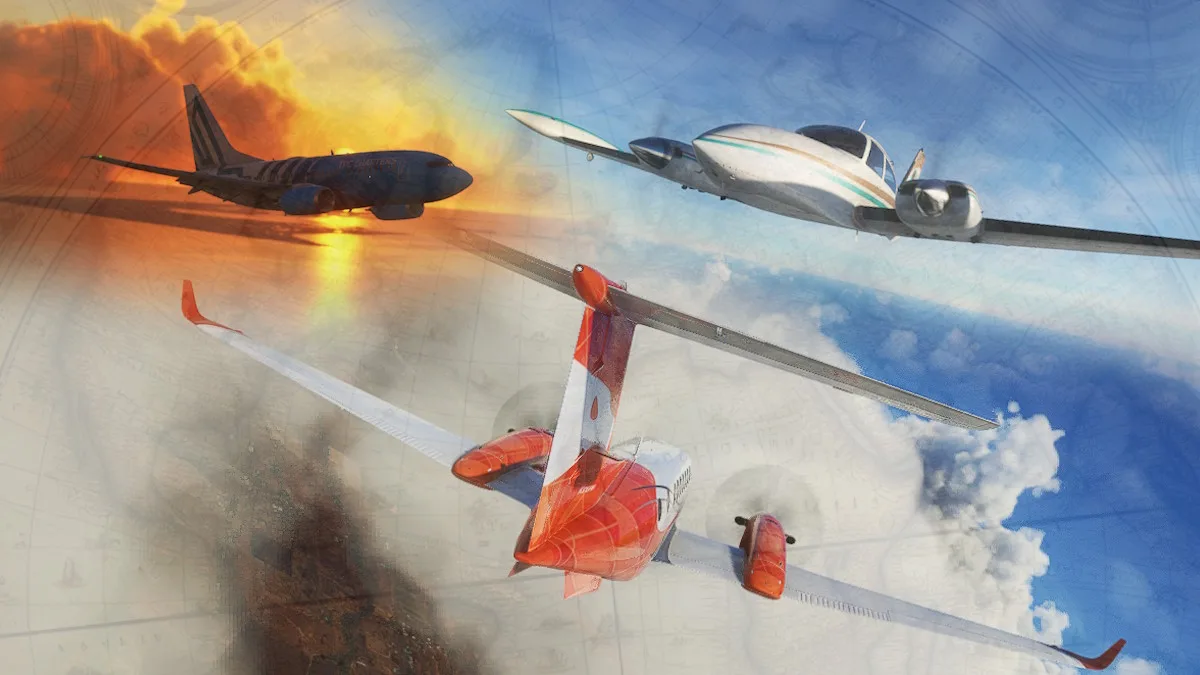As 2023 draws to a close, much like the final descent of a flight, it’s almost sad to see it come to an end for Asobo’s premier sim title. Perhaps I’m being a bit dramatic, but Microsoft Flight Simulator is closing out the year on a relatively quiet note. In fact, the entire year has been relatively quiet for this sim.
The energy surrounding the sim at the end of this year compared to that of 2022 feels a little different. Not only is there less of a ‘bang’ to sign off on everything, but the sim’s legacy is now being encroached upon by a factor that was not (knowingly) present until a few months ago: the incoming arrival of a successor.
A turbulent surprise
At risk of sounding like a broken record, it must be highlighted once again the sheer pandemonium that ensued following the bomb drop that was the surprise announcement of Microsoft Flight Simulator 2024.
Revealed during the Xbox Games Showcase back in June, Microsoft Flight Simulator 2024 promises to deliver a true “next generation” flight simulation experience; setting out to fully evolve the formula that’s been laid out by the existing iteration we have today.
Possessing much more complex weather effects, superior flight dynamics with enhanced simulation of control surfaces, and a variety of different aircraft to pilot, along with hands-on objectives to complete, the incoming sim does appear to be a true punch above what Asobo (and other devs) are currently offering.
While the single reveal trailer did show off a bunch of scenarios and features, there continues to remain a variety of questions surrounding the new sim. Above all, is the matter of: “Where did this come from?”
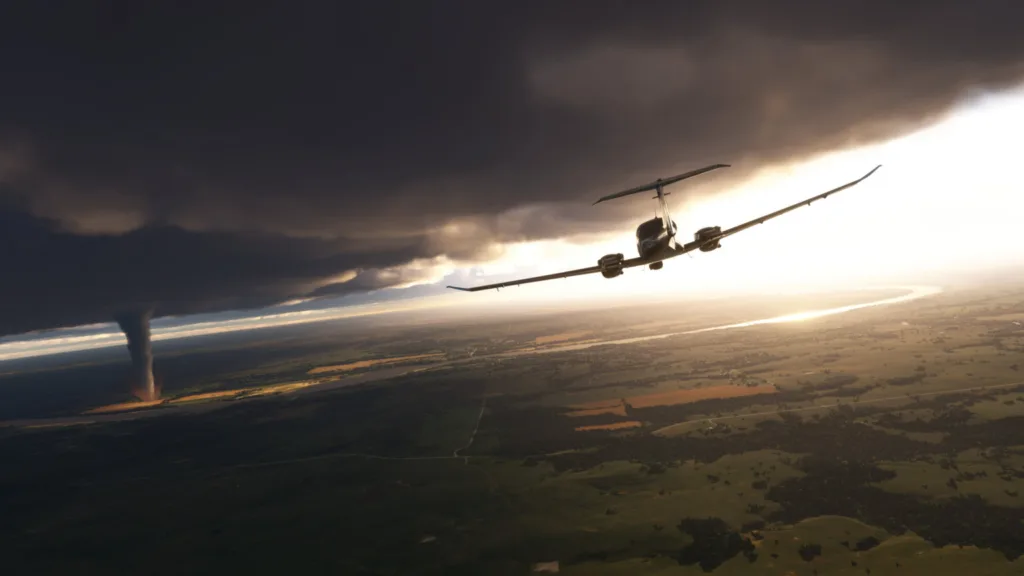
This question was posed by many in the community immediately following the reveal simply due to the existing iteration of Microsoft Flight Simulator initially being described as a “ten year project” by Asobo. Well, we’re only three years into that timeline and here we are looking at an entirely new sim breaching above the horizon.
Back in June, Jorg Neumann, Head of the Microsoft Flight Simulator team elaborated a little on the topic during a panel at FlightSimExpo 2023.
Here, not only was there more of the new Microsoft Flight Simulator 2024 experience demonstrated, but Jorg also addressed the confusion about the sim’s existence, simply stating that Asobo is maxing out the capabilities of the since unofficially dubbed Microsoft Flight Simulator 2020.
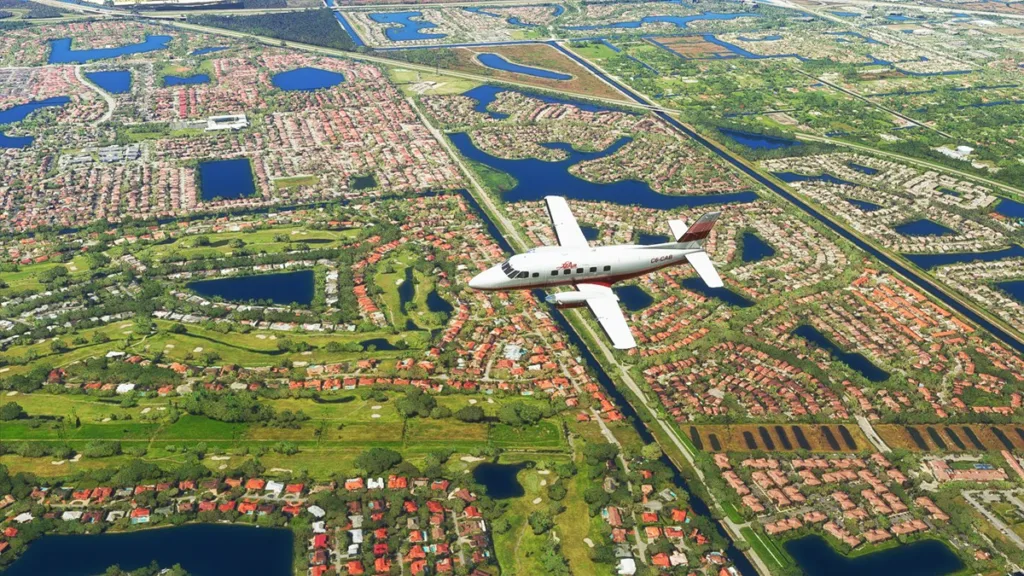
Considering how relatively tepid this year has been for Microsoft Flight Simulator 2020, this quote has been ringing ever more loudly in my head as I was thinking through this entire situation.
Looking back at the log book
Reviewing the various development updates released throughout this year over on the sim’s official website, it’s not hard to come to the conclusion that this really has been a slower year.
Asobo got things started off early this year on a solid note with finally releasing its long-awaited ATR 42/72-600 project. Interestingly, it remains as the only aircraft so far in the new ‘Expert Series’ from the studio. No other aircraft in this special category have even been announced since, though it could just be taking a long time to build—similarly to that of the ATR.
That aside, there was at least far more activity throughout the year for Asobo’s other add-on collections, including the Famous Flyer and Local Legend selections.
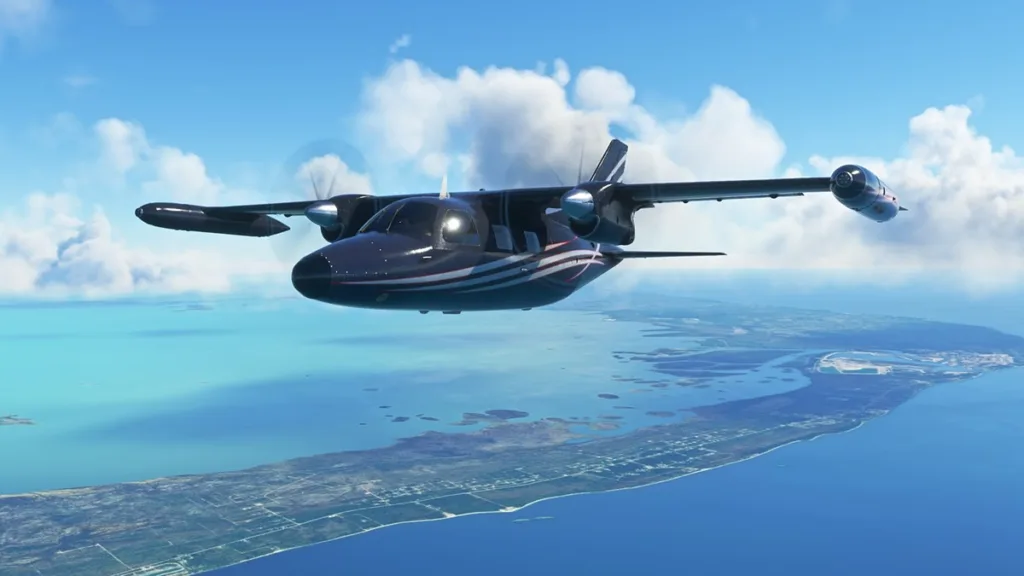
In terms of major updates to the core sim itself however, 2023 saw the release of four World Updates and just three Sim Updates; the last of which was rolled out at the beginning of December.
Though, it must be noted that an entirely new category of updates also launched this year, focused on enhancing the sim’s included default planes. These updates are aptly titled Aircraft & Avionics—two of which have been released so far.

This sort of update cadence is far slower compared to the sim’s earlier years when a new update was releasing practically on a monthly basis. But, this slower approach is actually a good thing, and Asobo has been rather transparent about it.
Back in 2022, the studio formally stopped trying to deliver a big new update of some sort each month, particularly when it came to Sim Updates.
Since the game’s initial release in 2020, its Sim Updates began to develop a reputation for bringing a laundry list of bugs with them each time they were deployed. So, since 2022, Asobo has instead opted to slow down and thoroughly test and optimize each update prior to them going live. This has been to ensure that the updates fix and improve more than they break.
So far, this strategy has been working alright, though it’s still not completely fool proof.
Just recently, there was quick succession between the releases of Sim Update 13 and 14. This resulted in some severe download issues for some users that Asobo has since apologized for.
Issues aside, these updates did at least still manage to serve their purpose in deploying some enhancements. In particular, SU14 delivered upgrades to the sim’s atmospheric lighting, resulting in more realistic behaviour of light in the sky and thus producing more visual stunning effects than before.
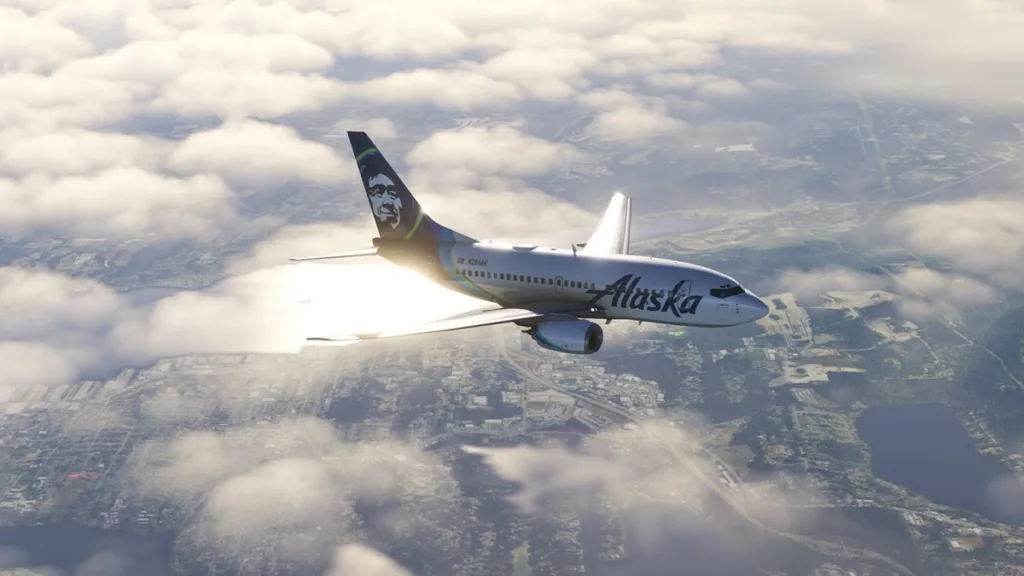
Considering Microsoft Flight Simulator 2020 had already made a name for itself since its inception due to its extreme graphical fidelity, the fact that Asobo has been able to touch it up even more is nothing short of impressive.
Flying lower and slower
While the studio certainly has poured a lot of continued work into the sim throughout this year, there’s still no shaking the feeling that things have felt more tame throughout the months. This applies not just to Asobo, but even to third-party add-on makers as well.
For instance, 2022 finally saw the arrival of a slew of high-quality airliners; a category that had been quite scarce of selections since the sim’s initial launch. PMDG rolled out its 737NG family, Fenix delivered its A320 project, and there were other high-profile releases such as the Leonardo MD-80.
That said, 2023 has also provided Microsoft Flight Simulator customers with a variety of new aircraft, though it can perhaps be said that there are not as many truly ground-breaking releases, especially in the airliner category.
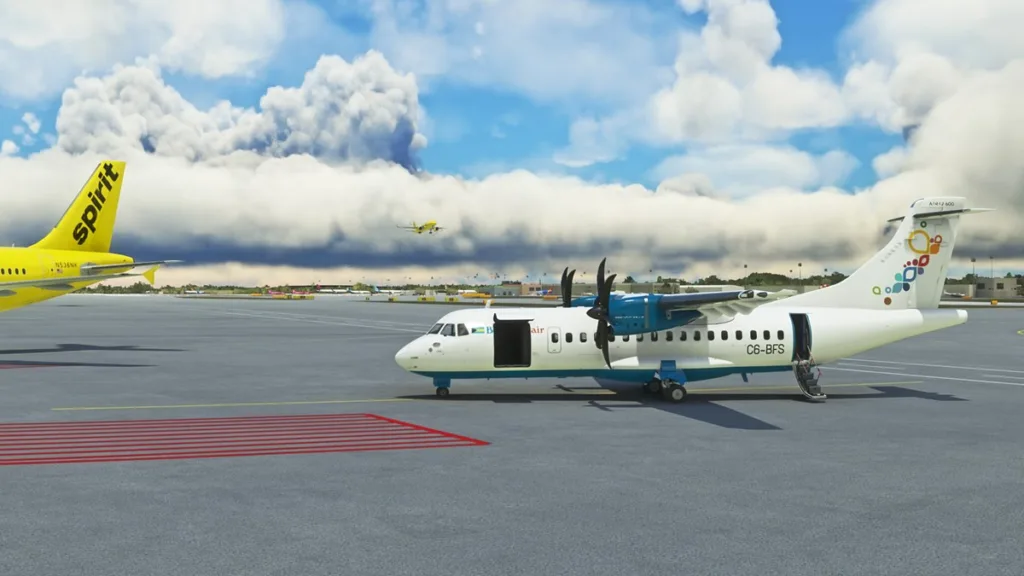
This sort of ebb and flow is to be expected, especially considering that add-on makers with more complex projects have really been taking their time to build up to spec for how advanced Microsoft Flight Simulator is.
That said, the announcement of its successor has made some customers a little hesitant to continue adding too much more to their collection.
It’s refreshing then, that one of the few very important questions Asobo has actually answered about the upcoming sim is that content will be supposedly seemingly cross-compatible between both titles.
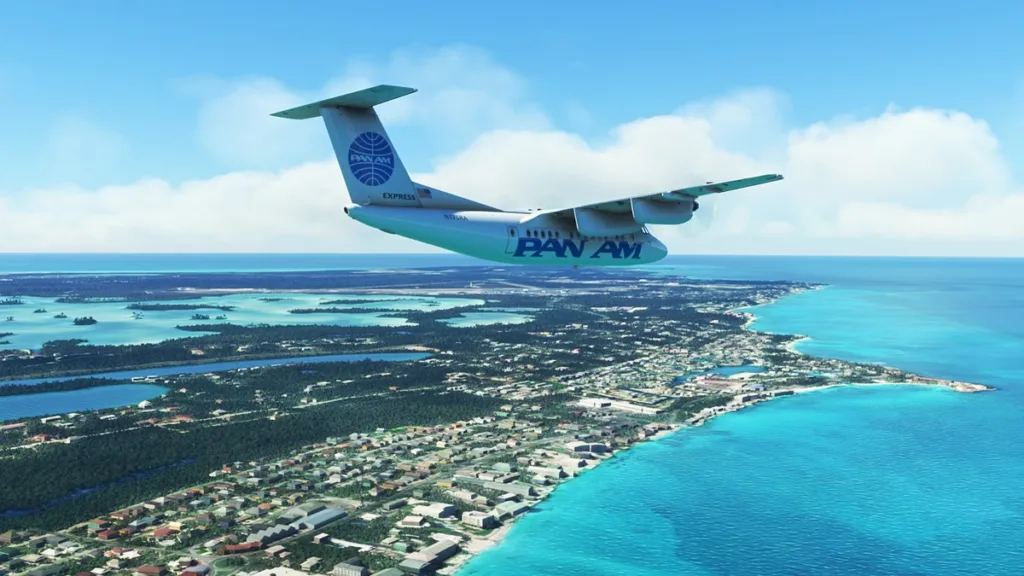
Developers should also find the toolset to be relatively straightforward for converting their projects for use in Microsoft Flight Simulator 2024. Big add-on makers like PMDG have even publicly stated that customers shouldn’t expect to have to re-buy existing purchases for use in the new sim.
This is all good news, but of course, in addition to us not yet knowing for sure how easy this will all actually turn out to be, this situation still plays into the feeling that Microsoft Flight Simulator 2020 has a bit of a shadow cast on it.
For comparison, Microsoft Flight Simulator 2020 capped off last year with the amazing release of the 40th Anniversary Update.
This brought with it a huge array of new aircraft, some iconic handcrafted airports, and the formal arrival of support for gliders and helicopters. The best part about this update is that despite its massive size, all of the content was delivered totally free to every player.
The magnitude of the update isn’t surprising considering it was a very special celebratory release. Hence why it’s also not surprising that something else of that magnitude has yet to come since.
Nevertheless, while each new update and add-on release remains exciting, it’s all now coupled with a feeling of wonder and perplex surrounding how things will play out for in the upcoming successor. For example, one common query has been: how much better will planes from the ‘old’ sim operate in the new one?
Such questions apply not only to add-on releases, but to the entire forthcoming experience.
“Out with the old…?”
We still don’t know exactly when development began on Microsoft Flight Simulator 2024, but I believe it’s safe to assume that it perhaps started a year or two after the release of the existing sim.
After all, it seems appropriate to think that Asobo would have discovered it was truly maxing out the current sim’s capabilities by that point.
One theory I continue to believe in is that MSFS 2024 was birthed out of a big upgrade for the existing sim that simply began to outgrow its shell.
Whether or not this is the case, around the one to two-year mark post-launch seems likely when the devs opted to do what they can to continue improve Microsoft Flight Simulator 2020, all while setting the groundwork for and thus tinkering away with the upgraded engine that’s being used to power MSFS 2024.

This avenue of dual-support for a series reminds me of what Ubisoft’s Ivory Tower team has done with The Crew 2 and its successor, The Crew Motorfest.
The former got years of regular support as its successor was being prepared in the background, and the two games are even now being supported concurrently ever since Motorfest hit the market a few months ago. That said, focus on The Crew 2 has been diminished greatly since then, which isn’t surprising given the circumstances.
Such a conundrum is one that has yet to be answered when it comes to the future of Microsoft Flight Simulator and its own successor, we’re about to see just how Asobo intends to handle it all.
“…In with the new”
Asobo has confirmed that the earliest we’ll hear new details about Microsoft Flight Simulator 2024 is next Spring. If it follows in the footsteps of its predecessor, then a summertime launch is probable; this would also coincide with the existing sim’s fourth anniversary.
Of course, such a target isn’t really a ‘make it or break it’ scenario. Not to mention that delays could still occur, thus changing this loosely cemented timing window for a further reveal.
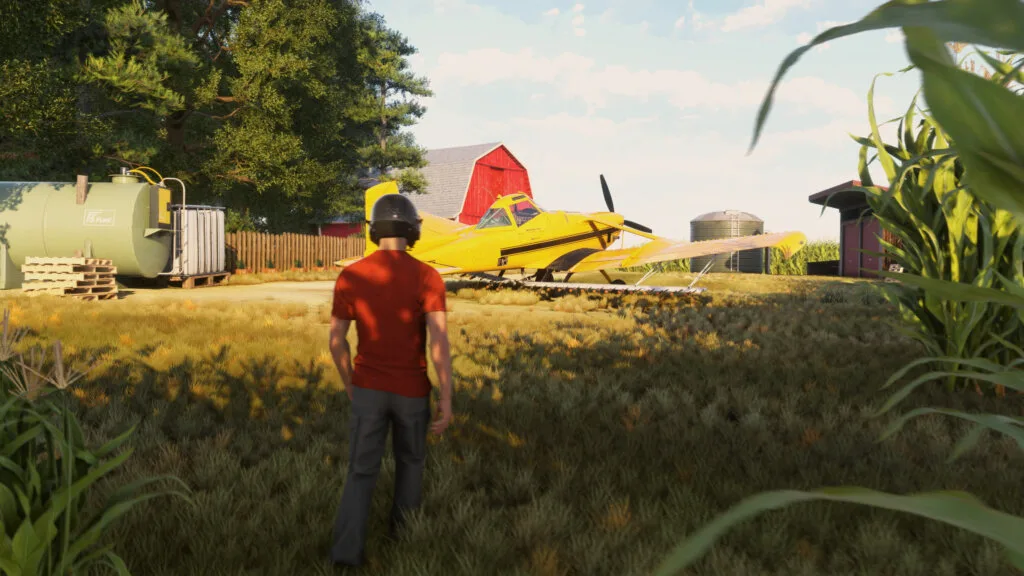
Whenever the next big reveal takes place and a proper release date is finally announced, the future of Microsoft Flight Simulator 2020 will become more clear.
As I’ve stated in my last article about its incoming successor, Asobo is not likely to simply outright drop it in favour of MSFS 2024.
From a very cynical standpoint, however, the studio’s pledge of ongoing support past the release of MSFS 2024 could be honoured by means of the most rudimentary way: simply keeping the servers active for those who choose to stick with the ‘old sim.’
Even if that worst-case scenario doesn’t happen, I personally don’t really foresee Asobo putting too much extra effort into the older sim once the ‘new toy’ is finally released to the world.
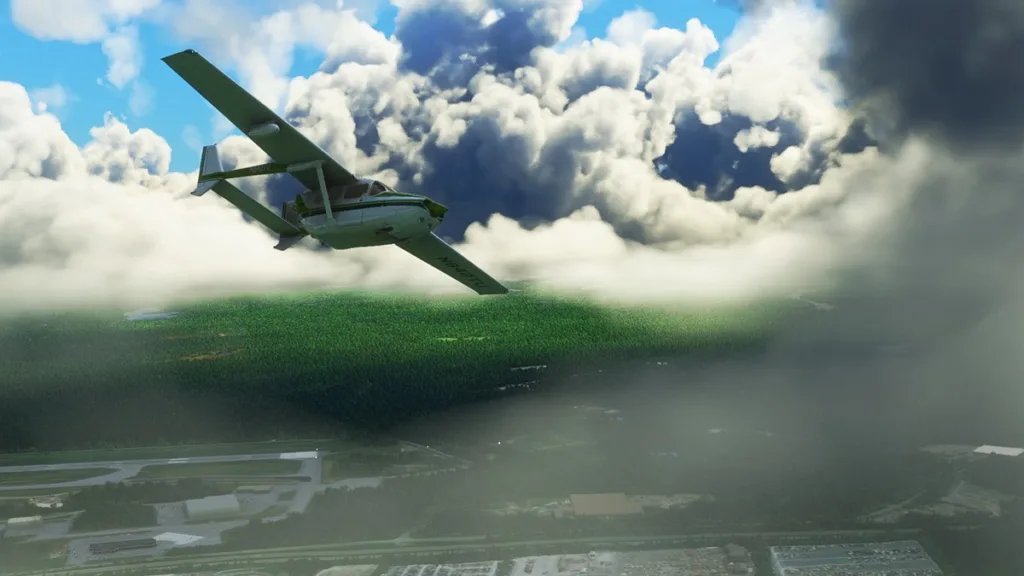
Microsoft Flight Simulator 2024 is set to provide not only a major upgrade above its predecessor, but also push the flight sim genre into a whole new level of depth in terms of complexity and gameplay variety.
Assuming it’s not too much more expensive than MSFS 2020, in addition to add-ons being easily carried over and system requirements remaining easy to meet, conditions are looking quite favourable for this new sim to be Asobo’s crème de la crème upon release—and of course the studio is going to push the narrative quite aggressively.
Where does that leave our trusty ol’ MSFS 2020?
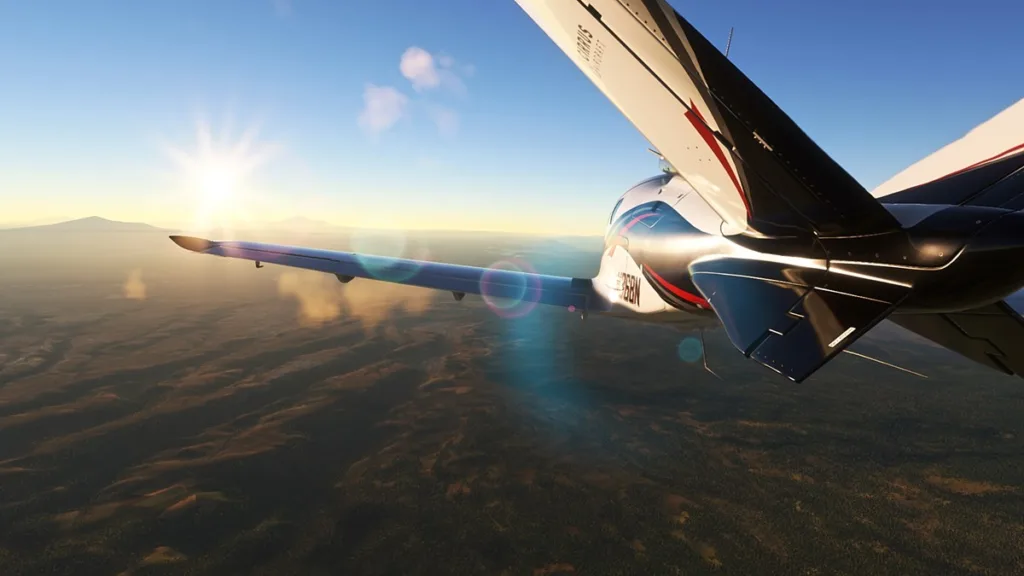
In truth, it’s lived a good life. Even though this change of course wasn’t really expected by anyone in the community, it has proven that a live service-style flight simulator of this magnitude, only possible in the modern gaming landscape, is a truly viable endeavour.
No entry from Microsoft’s longstanding sim series prior, nor any other flight sim from another developer has been supported in exactly the same way as MSFS 2020. Really, this is all thanks to Microsoft’s vast coffers that such a project is possible at all.
From the immense amount of data being stored and transmitted with the massive array of Azure server farms, to all the costs involved with obtaining licenses for various aircraft that are both included in the sim, and the extra first-party aircraft add-ons that are being sold for very cheap prices—this is all thanks to that ‘Microsoft money.’
Not to mention all the work that goes into gathering the petabytes of terrain data and satellite imagery that’s being housed and streamed from those server farms into the sim client of each user with practically no hiccup—again, a feat only possible when you have the backing of one of the largest tech companies in the world.
Nevertheless, building and maintaining this simulator was no easy feat; not in the slightest.
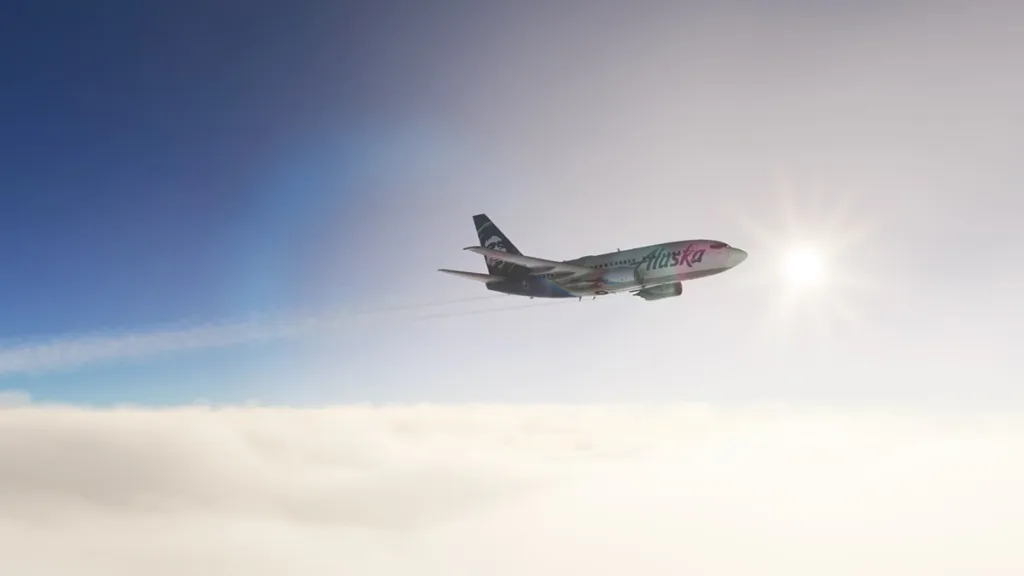
Looking back at how Microsoft Flight Simulator was at launch compared to now, the sim truly has reached stellar levels of new heights in the 3+ years it has been with us.
There remains some features that have yet to be implemented (some of which seem embarrassingly simple, like opening/closing doors on all aircraft.) Even so, there are areas where the sim actually has received notable improvements and additions, all of which have helped to make it a truly thriving title that millions have enjoyed.
This includes aspects such as aforementioned upgrades to default aircraft, the World Updates breathing new life into the virtual Earth, more aircraft types to enjoy, reworked simulation of props, wind, and thermals, a reworked weather system—all just to name a few.
On the note of expansion, Microsoft Flight Simulator has also achieved the amazing milestone of releasing on a home console; a feat that no other civilian flight simulator has ever truly accomplished before.
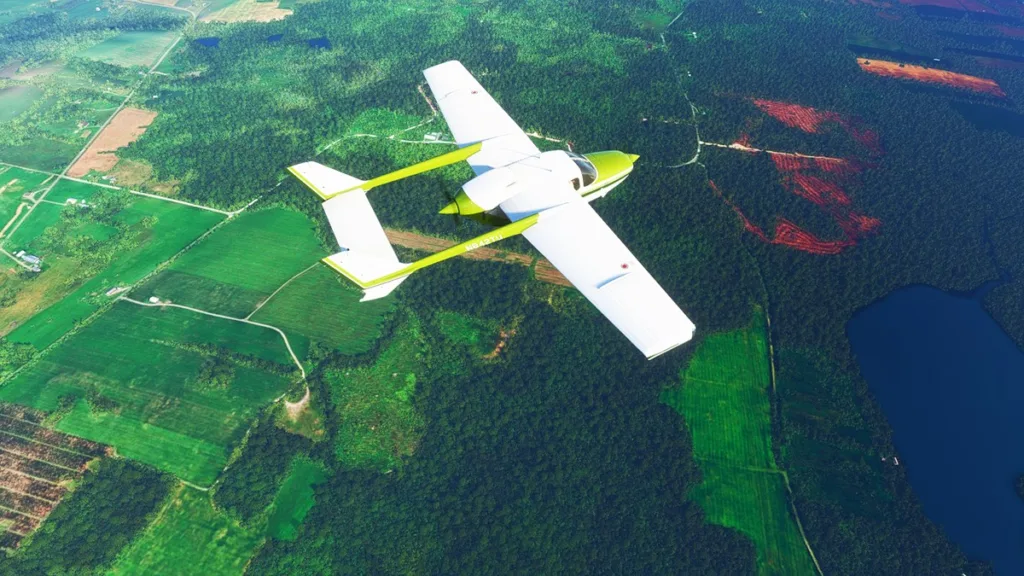
This console edition on Xbox Series X|S may not be as flexible and open-ended as its PC counterpart, but Asobo has truly worked hard to keep the feature parity between the two editions as close as possible. This has resulted in Xbox flyers getting to enjoy the MSFS experience to a truly solid degree.
Microsoft and Asobo even expanded the level of accessibility further by adding Microsoft Flight Simulator to the Xbox Cloud Gaming library.
Most core simmers still haven’t really taken to making use of this version, but the fact that it’s available via such means at all with practically no hardware constraints is yet another example, where there are already many, of Microsoft and Asobo’s commitment to pushing out the Microsoft Flight Simulator franchise as far as it can go.
A valiant record of service
Looking back once more to the reveal of Microsoft Flight Simulator 2020 at E3 2019, it truly was a stupefying moment for the flight sim community.
At that point, the series had been dormant for well over a decade, barely living by means of the life support provided by there being a Steam version of 2006’s Flight Simulator X.
Since its release, fans of the series tinkered with it year after year, looking for ways to try and brute force past the shortcomings of the unoptimized code and keep the sim in a somewhat useable state. The hardware running it was getting better, but yet, was still ultimately unable to provide a dramatically superior experience due to FSX being stuck in the past.
When the new Microsoft Flight Simulator was revealed, it didn’t even look real. Actually, no, it did look real, and that’s what made it seem unreal.
In stark contrast, FSX was a world of muddy ground textures, simple blocky auto-generated buildings, a very rudimentary lighting and weather engine, as well as aircraft models that were still relatively crude-looking.
As the years went on, all of this was being somewhat dressed up by a list of different graphic enhancement utilities and texture packs. Not only were these a pain (and often an expense) to acquire and set-up, but these enhancements often didn’t even play well with each other if you had too much.
So, to go from all of that to a complete package that immediately looked better than most other games on the market just seemed too good to be true. Fast-forward to now, and Microsoft Flight Simulator has been living up to its goal and getting progressively better while doing so.

While there continues to be extensively picky fans who insist the sim still isn’t up to par, the vast majority of its userbase have actually been extremely pleased with the hard work of Asobo and the growing number of different add-on makers that have come about. Altogether, they’ve steadily been injecting a torrent of new content on a very regular basis.
Now that I’ve mentioned it, the growing add-on community of both freeware and payware developers is another checkmark against the sim’s reputation.
Past entries in the series have always had a healthy amount of external devs, but Microsoft Flight Simulator’s advanced toolset and capabilities, along with its streamlined distribution methods have made it easier for more folks to get into the add-on making business.
The massive userbase that Microsoft Flight Simulator 2020 has amassed has also helped these variety of developers to have a truly large audience to cater to, and thus also helps keep payware fair and thus encourages even more projects. In short, the sim’s business model has proven to be rather functional.
Massive add-on sites like Flightsim.to that have come up show just how extensive this whole other layer is, in addition to the in-sim Marketplace getting refreshed weekly with new additions.

With this achievements in mind, while Microsoft Flight Simulator may perhaps finally be coming to the ‘top of decent’ so to speak, that doesn’t undermine the immense amount of work that’s been put into advancing this sim in a way that, a few years ago, would’ve been considered practically impossible by most fans.
All of this sets up an exciting future for Microsoft Flight Simulator 2024.
Pushing boundaries
It won’t be long before we truly see just how much further Microsoft Flight Simulator 2024 will go past its predecessor and other flight sims.
Should the immense promises of its enhanced complexity and gameplay variety truly result in a fluidly functional formula that the masses enjoy and their machines are capable of competently running, Asobo’s efforts will once again mark a great paradigm shift in the flight sim industry.
That said, the studio has clearly proven itself worthy of some confidence in carrying out this grand task.

It’s not a perfect studio, nor has it created a perfect product. However, even the existing Microsoft Flight Simulator has thus far has proven to be quite successful, so any sort of improvement that a new project can provide is deserving of some cautious optimism at the very least.
There’s still much to learn about Microsoft Flight Simulator 2024 and the effect it truly will have on its predecessor.
But, even if servers for MSFS 2020 were to go permanently offline on December 31 for whatever cataclysmic reason, then this would close the chapter on one of the most complex, feature-rich and beautiful experiences to ever come out of the gaming world as a whole.
Here’s hoping the transition to the newer, larger fuselage goes off without a hitch.
If this is truly what’s needed to expand Asobo’s vision of providing “the most authentic” flight simulation experience ever, then let’s see how they’ll dazzle us in the near future, just as they did a few years ago.
Check out more sim content:
Tram Simulator Urban Transit PC review — Track tycoon | American Truck Simulator – Kansas — Is it worth it? | Truck and Logistics Simulator PC review — Straight to the point

